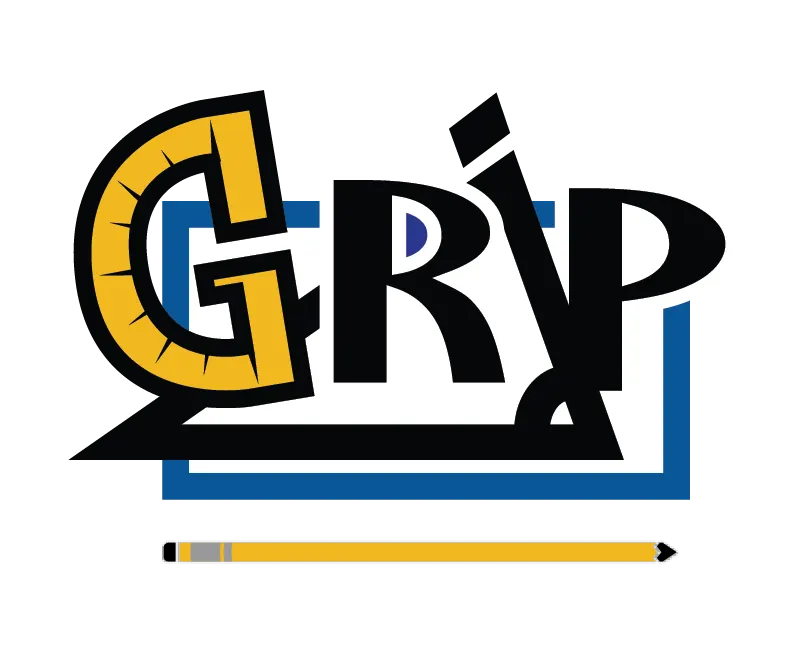Be able to carry out basic Euclidean constructions and justify their correctness.
SLO 8 Summary
Traditional geometric constructions are those done exclusively with a compass and straightedge. However, the term can be used more generally to include other tools and manipulatives such as paper-folding (e.g., using origami or patty paper), dynamic geometry environments, or transparent mirrors (e.g., MIRAs). Constructions remain an essential part of Euclidean geometry and therefore of a GeT course. Constructions support the development of mathematical thinking in several essential ways: they provide a natural opportunity for making mathematical arguments, encourage the use of precise mathematical language in communication, impart a sense of where assumptions in building mathematical systems come from, open discussions of the historical development of geometry—especially the work of Euclid, and give future teachers experience with the curriculum they will be expected to teach.
SLO 8 Narrative
Geometric constructions support the curriculum in a GeT course and the development of mathematical thinking in several essential ways:
- they provide a natural place for making a mathematical argument;
- they encourage practice in using precise mathematical language when describing a construction;
- they provide the students a sense of where assumptions in building mathematical systems come from;
- they provide openings for discussion of the historical development of geometry, especially to the work of Euclid;
- and they give students experience with the curriculum they will be expected to teach.
For these reasons, constructions remain an essential part of any GeT course curriculum. It should be noted that within the context of geometry, the term “construction” most often refers to traditional straightedge and compass constructions, and this is, generally, the assumption that we make here. However, the term can be used more generally to include other tools and manipulatives such as paper-folding (e.g. using origami or patty paper) or MIRAsTM. In this context, using an external tool for the creation of an ideal geometric object whose success is argued rigorously might be reasonably considered a “construction.” Indeed, the Common Core Standards for School Mathematics (NGA/CCSSO, 2010) includes the following in its “Congruence Standard”:
G-CO.12. Make formal geometric constructions with a variety of tools and methods (compass and straightedge, string, reflective devices, paper folding, dynamic geometric software, etc.). Copying a segment; copying an angle; bisecting a segment; bisecting an angle; constructing perpendicular lines, including the perpendicular bisector of a line segment; and constructing a line parallel to a given line through a point not on the line.
A GeT instructor giving even a cursory treatment of constructions should consider including the constructions listed above in CCSSM G-CO.12 in their course. Having students discover the constructions themselves can be a powerful mathematical experience; having them present the constructions to the class offers opportunities for practice in using mathematical terminology and in making rigorous and logical arguments. The question, “How do we know that this construction is correct?” arises as a matter of course. In this way, constructions naturally reinforce SLO 1 [Proof].
Constructions—especially those using straightedge and compass—support SLO 7 [Euclid’s Elements] as well. Not only are many of the “standard” constructions listed above given in Book I of the Elements, they also illustrate the discipline of mathematics as put forth by Euclid. The standards Euclid used to build geometry form the basis for the current standards of rigor used in mathematics. In building geometry, Euclid set out to establish results, many of which were known during his time, by starting with as few assumptions as possible. By viewing geometric results as constructions from two simple tools, namely a straightedge and a compass, Euclid was able to create a foundation on which all his propositions rest. Because of his approach, Euclid had to rely heavily on the power of logical reasoning. Moreover, he needed a good grasp of concepts/definitions in order to convince himself and others that his constructions were able to do what they were purported to do. Employing Euclid’s approach to building geometry allows us to view a field of mathematics (geometry, algebra, analysis, etc) as a unified whole and it has provided us with numerous beautiful results, many of which have found practical applications in the world.
Instructors looking for ways to incorporate transformations [see SLO 10] into their GeT course will find that constructions offer a useful pathway, as the fundamental transformations (reflection, rotation, translation) can be represented as straightedge and compass constructions. In addition, for those GeT courses that specifically emphasize transformations, constructions offer opportunities for mathematically rich explorations. For example, an instructor could ask students to construct the composition of two reflections of a triangle across distinct lines (either parallel or intersecting). Identifying the single rigid motion that has the same effect requires careful construction, precision of language, and the use of cases. Nevertheless, the problem is an accessible one, and it can naturally lead to a discussion of the group of isometries.
Finally, for an instructor who intends to include the exploration of models of non-Euclidean geometry [see SLO 9] in their course, work with Euclidean constructions is time well spent. Since many models of hyperbolic and spherical geometry reside in Euclidean geometry, constructions in those models rely on Euclidean counterparts. For example, constructing a “line” through two points in the Poincare half-plane involves finding a perpendicular bisector of a Euclidean line. With the benefit of dynamic geometry software [see SLO 6], even some of the complex constructions in non-Euclidean geometry become accessible, once one understands the fundamental Euclidean constructions.
References
National Governors Association Center for Best Practices [NGA], & Council of Chief State School Officers [CCSSO]. (2010). Common Core State Standards for Mathematics. Available at http://www.corestandards.org/Math/
